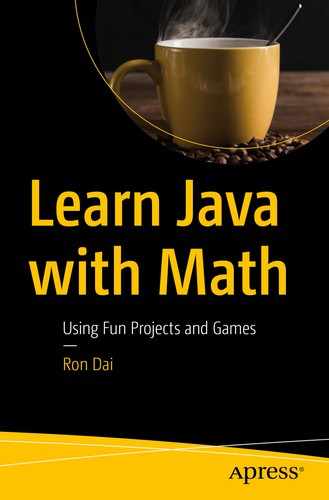Book Description
There are many good Java programming books on the market, but it's not easy to find one fit for a beginner. This book simplifies the complexity of Java programming and guides you through the journey to effectively work under the hood.You'll start with the fundamentals of Java programming and review how it integrates with basic mathematical concepts through many practical examples. You'll witness firsthand how Java can be a powerful tool or framework in your experimentation work.
Learn Java with Math reveals how a strong math foundation is key to learning programming design. Using this as your motivation, you'll be programming in Java in no time.
What You'll Learn
- Explore Java basics
- Program with Java using fun math-inspired examples
- Work with Java variables and algorithms
- Review I/O, loops, and control structures
- Use projects such as the Wright brothers coin flip game
Who This Book Is For
Those new to programming and Java but have some background in mathematics and are at least comfortable with using a computer.
